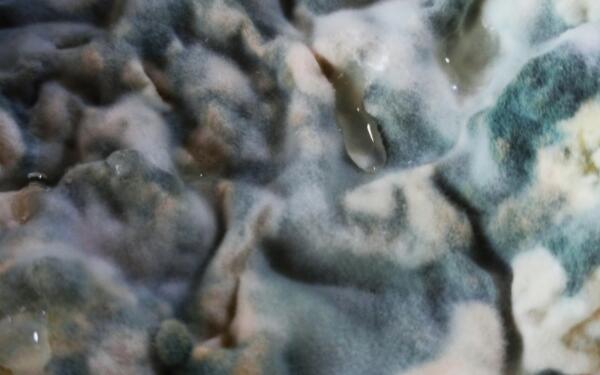Aflatoxins (AFT) are a group of toxins characterized by a bisfuran ring produced by certain strains of fungi such as Aspergillus flavus and Aspergillus parasiticus. Currently, more than 20 types of aflatoxins have been identified, mainly found in grains, oils, and their products such as peanuts, peanut oil, corn, rice, and cottonseed. Among them, the most toxic and carcinogenic is aflatoxin B1. It is often associated with the occurrence of malignant tumors such as liver cancer and gastric cancer, and can even cause acute poisoning leading to death. Additionally, it may also lead to immune system disorders, neurological damage, and reproductive system issues, being classified as a Group 1 carcinogen [1].

Currently, the widely used immunological analysis technique for food contaminant detection is the enzyme-linked immunosorbent assay (ELISA). This method offers advantages such as high throughput, low cost, and ease of operation. However, it has lower sensitivity and is prone to false-positive results when encountering complex and variable detection environments such as temperature or humidity changes [2-4].
In order to enhance the sensitivity of competitive ELISA, scientists have attempted numerous methods, including preparing high-affinity antibodies and using low-affinity coating antigens [5]. However, these methods are either costly or difficult to ensure success, posing a headache for scientists.
A joint research effort by Inner Mongolia Agricultural University, the Sino-Mongolian Biopolymer Application Research Joint Laboratory, and the Inner Mongolia China-Harbin Camel Research Institute has resulted in the publication of "Study on Improving the Sensitivity of Indirect Competitive ELISA for Detecting Aflatoxin M1 Using Nanobody Multimerization Strategy."
The study utilized a nanobody (Nb-M4) targeting Aflatoxin M1 (AFM1) fused with the C-terminal fragment of the C4-binding protein (C4bpα) to form a self-assembling heptameric fusion protein (Nb-M4-C4bpα). This fusion protein was then applied in an indirect competitive enzyme-linked immunosorbent assay (ELISA) for detecting AFM1 in dairy products. Under optimal experimental conditions, the IC50 of AFM1 was 0.038 ng/mL, with a limit of detection (LOD) of 0.009 ng/mL, representing an 8.63-fold and 5.56-fold improvement over the monomeric Nb-M4. Cross-reactivity with AFM1 analogs and other common fungal toxins was negligible, and the method demonstrated good recovery and repeatability in spiked milk samples. Furthermore, when applied to the analysis of AFM1 in real samples, the results showed excellent correlation with those obtained by high-performance liquid chromatography (HPLC) (R2 = 0.995).
The study demonstrates that utilizing nanobody fusion proteins is an effective strategy for improving affinity and signal amplification. This strategy can be employed for sensitive, selective, and rapid detection of mycotoxins and other small molecule contaminants in food [6].

Just two days before the publication of this article, another detection method based on nanobody-luciferase was published in the "Chinese Journal of Food Science" by a research team from the School of Resources and Environmental Sciences at Gansu Agricultural University. The method is titled "Construction of a Detection Method for Aflatoxin B1 Based on Nanobody-Luciferase."
The method tested the soluble expression, purification status, and enzymatic activity of three AFB1-specific nanobody-luciferase fusion proteins (G8-Nluc, Nluc-NB26, and Nluc-NB28). The experimental results showed that all three fusion proteins exhibited good enzymatic activity and antigen binding activity. Additionally, one of the fusion proteins, Nluc-NB26-BLEIA, was analyzed and validated for real sample analysis. The results indicated that the method achieved an average recovery rate of AFB1 in grains between 91.1% and 104.1%. The performance was comparable to that of commercial enzyme-linked immunosorbent assay (ELISA) kits, but with significantly reduced time and reagent costs compared to commercial kits [7].

Aflatoxin, as a highly toxic and carcinogenic foodborne contaminant, poses a significant threat to food safety and public health. It has caused considerable hidden dangers in our daily lives. Rapid and low-cost detection of aflatoxin is crucial. The results of the two experiments mentioned above both indicate that nanobodies serve as an effective detection strategy, and they may even be more cost-effective than traditional detection methods. They are thus more likely to be embraced by numerous food manufacturers.
Nanobodies have gained recognition in the biopharmaceutical field due to their various advantages. Now, their high affinity, antibody activity, and strong binding ability have also earned favor among researchers in the food safety industry. It is believed that in the future, we will see more research in the field of life and health safety based on nanobodies.







